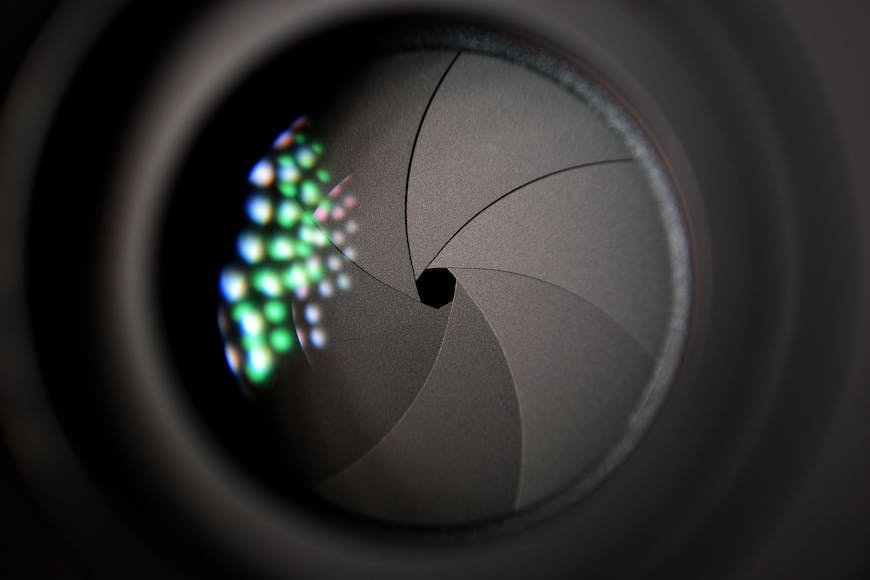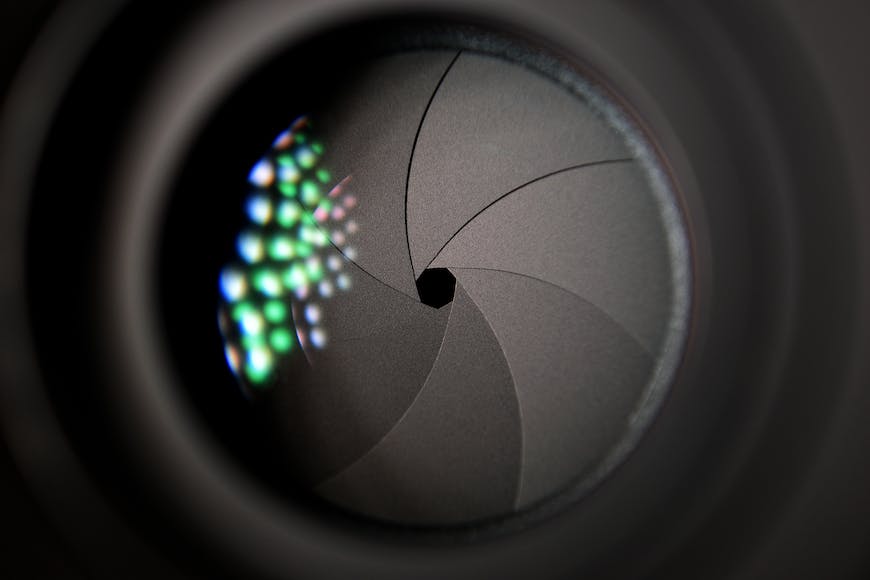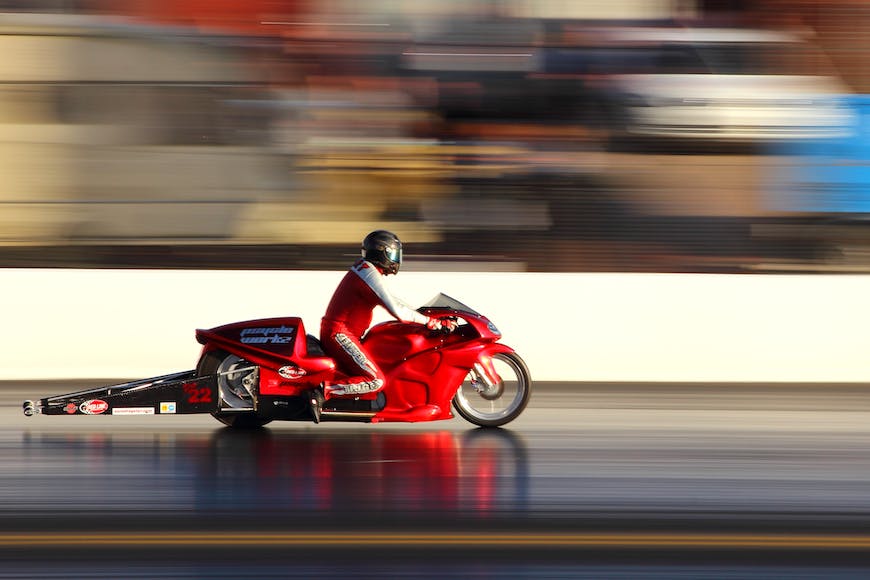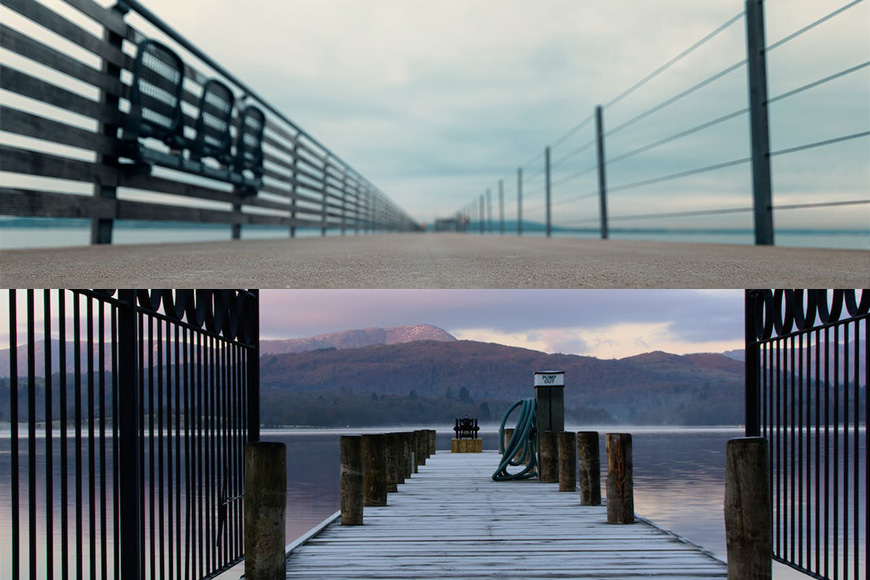
Are you looking to learn about whether you should use an f/22 aperture or not?
If the answer is yes, you’re in the right place. This article explains everything you need to know about this aperture so you can decide when it’s useful and when it’s doing more harm than good.
Choosing an aperture is important because it’s one of the settings that controls the exposure.
Not only that, the aperture also influences the depth of field and the overall sharpness of the picture.
Most lenses on DSLR and mirrorless cameras have f/22 as the smallest possible aperture. This is why many people think that it’s the best value when you’re looking for sharpness. This is especially true for beginner landscape photographers.
Here, you’ll learn that this isn’t always the case. First of all, this isn’t the smallest possible aperture – some lenses even reach aperture f/64.
Also, while f/22 has many advantages, it also has disadvantages. So, it’s up to you to decide if it’s the right setting for each circumstance.
This article will tell you all the pros and cons of the f/22 aperture so you can choose when to use it and when it’s better to open or close it a few stops.
Let’s get started!
What is the Importance of f/22 Aperture?


Credit: Pixabay
You’ve probably heard a lot about the F-stop 22. This is because it’s the smallest aperture available in most lenses – so we all have it in our minds when we’re learning about exposure.
Let’s start by saying that some lenses have narrower apertures – such as f/32 and f/64. These apertures are more common when you shoot with a medium-format or large-format camera.
As you know, the aperture controls how much light comes in through the lens. However, it also changes how much of the photo appears in focus.
So, choosing the right aperture is key to making good photos – both technically and creatively.
The f/22 aperture setting, being a very small aperture, is important in photography for several reasons:
- Depth of Field: f/22 offers a very deep depth of field. This means that the photo’s foreground and background can be in sharp focus. This is useful for landscape photography and other genres where you want as much of the scene as possible to be clear.
- Sunstar Effect: When shooting bright light sources like the sun, f/22 can create a “sunstar” effect, where the light produces star-like rays, adding an artistic element to the image.
- Sharpness and Diffraction: At f/22, most lenses begin to show diffraction, where light rays begin to interfere with each other as they pass through the small aperture, potentially reducing image sharpness. This is a key consideration when aiming for optimal image quality.
- Low Light Challenges: Because f/22 lets in less light, it can be challenging to use in low-light situations without a tripod, as it often requires slower shutter speeds to compensate for the reduced light.
- Creative Control: In situations where controlling the amount of light is necessary, such as in bright environments or when using slow shutter speeds for creative effects (like blurring motion), f/22 can be very useful.
Is f/22 Sharper Than f/8?
While f/22 extends the depth of field, it doesn’t necessarily create a sharper image than one taken with a larger aperture like f/8.
The reason for this is that narrower apertures cause more diffraction. As a result, you’ll get larger and overlapping airy disks that make the image lose sharpness.
So, a larger aperture will have a narrower depth of field, but it will be sharper.
In fact, lenses have a sweet spot that produces the best sharpness while creating an acceptable depth of field. Usually, if the aperture range goes up to f/22, the sweet spot lies between the f stops 8 and 11.
Another factor that affects when the diffraction is noticeable is the size of the pixels on the camera sensor. The higher the pixels, the more diffraction is needed for you to notice any blur in the image.
What Are Some of the Reasons NOT to Use f/22?
The main reason why you shouldn’t use f/22 is the diffraction blur that I mentioned in the previous segment.
When the light passes through narrow apertures, it creates bigger, airy disks. As a result, you’ll lose sharpness.
How Much Do You REALLY Know About Photography?! 🤔
Test your photography knowledge with this quick quiz!
See how much you really know about photography…


Another situation where you don’t want to use an f/22 aperture is when you want a shallow depth of field. In other words, when you want a sharp subject and a blurry background.
Continuing with the effects of a wider depth of field, this also means that you’ll have to depend on other methods to convey depth in your image.
So When Would You Use f/22?


Credit: The Cheap Shot Photo Show
There are many reasons to use an f/22 aperture.
First, you’ll want to use f/22 or other narrow apertures when you’re doing long-exposure photography. Since there is less light coming in than it would with a bigger aperture, you can use a slower shutter speed.
This type of photography is common when you’re shooting a landscape with moving elements such as waves, waterfalls, or clouds.
Using a slower shutter speed, you can smooth these elements. However, if it’s too bright, you may also need to use a neutral density filter.
Another scenario where using f/22 might be beneficial is when you require a slower shutter speed. This need not exclusively pertain to long-exposure photography. Consider situations with ample light and a moving subject.
If your aim is to capture motion blur, a fast shutter speed won’t suffice. In such instances, if your ISO is already set to its lowest, opting for a smaller aperture, such as f/22, becomes crucial.
You can also use an aperture of f/22 if you need a large depth of field. This means that both the background and the foreground objects are in focus.
This may be useful in landscape photography or when you’re shooting macro distances and you don’t want a missed focus.
However, the f/22 aperture makes your images less sharp due to diffraction. So, it’s better to try other solutions to increase the depth of field when possible.
One of them is by changing the focal length. A wide-angle lens will give you a wider depth of field, and it’s also the most suitable for landscape shots.
Also, try shooting landscapes where the foreground element is not so close to you.
However, if you’re a landscape photographer, you may prefer to shoot at an f-stop that meets the sweet spot of your lens and do some focus stacking.
What’s the Difference Between f/22 Aperture and f/2.2?


Some people get confused between f/22 and f/2.2. This may be because of a typo when searching for information on Google or because there’s a typo on the source itself.
In any case, while the values may look similar, the effect on your pictures is very different. An f/2.2 is a very wide aperture.
This means that a lot of light will be coming into the camera – so you’ll need a fast shutter speed if it’s a bright scene.
You’ll also have a shallow DOF – like the top image in the above example.
Instead, f/22 is a very small aperture that results in a deep depth of field – like the one shown in the bottom picture in the above comparison.
It also means that if there isn’t enough light, you may need to do a long exposure and use a tripod.
Take the HARD Photography Quiz! 🤯
Now it’s time to really test your photography knowledge!
(99% of people can’t get all the questions right…)


Sharpness is another thing that changes between f/2.2 and f/22. While diffraction happens with all apertures, the effect is not noticeable when you shoot at f/2.2.
Instead, a shot made with f/22 will look softer even at the focus point.
FAQs About f/22
What happens if the aperture is set to f/1.8 vs f/22?
In most entry-level 50mm lenses and other more expensive prime lenses, the f/1.8 is the widest aperture. On the other hand, f/22 is one of the smallest lens apertures you’ll find.
So, using an f/1.8 means that you’ll have more light coming into the camera’s sensor. As a result, you’ll be able to use a faster shutter speed. You’ll also have a shallower depth of field, which means that only the focus point and a short area around it will be sharp.
Instead, an f/22 lets in less light so that you can use a longer shutter speed. Also, you’ll have the maximum depth of field without using focus stacking. This is useful in macro photography and landscape shots, amongst other types of photos.
Is f/22 a high or low aperture?
F/22 is a high aperture value or a high f/stop. Remember that high f stops represent the smaller apertures, which create a wide depth of field.
Is f/22 a large aperture?
No, f/22 is one of the smaller apertures you’ll find. It might seem strange at first, but a smaller lens aperture is represented by a higher number and vice-versa.
Why are my images shot at f/22 not as sharp as my images shot at f/11?
This is because of the light diffraction. While this phenomenon happens at all apertures, it intensifies as the apertures get smaller.
So, the airy disks created with an f/11 aperture are smaller, and they may not overlap, which contributes to the sharpness of the photo. Instead, the airy disks from an aperture f/22 are bigger and create a ‘blurry’ look.
What’s the best aperture setting to get my entire landscape photo in focus?
Most lenses have a sweet spot that gives the best compromise between sharpness and depth of field. The aperture range of the sweet spot is usually f/8 to f/11.
This could be a good aperture to keep your landscape in focus. Keep in mind that the depth of field also depends on the focal length and the distance between the foreground object and the camera.
You can use f/22 if you need to extend the depth of field – but consider that you’ll lose sharpness.
This is why most landscape photographers use a technique called focus stacking to keep everything sharp and in focus.
Which aperture reading means more light is let in, f/1.4 or f/22?
An f/1.4 will let in more light than an f/22. Remember that small aperture values mean that the physical aperture is wider – therefore, more light passes through the lens.
As the aperture value increases, the aperture gets smaller and less light comes in. So, even if it may sound weird, 22 is smaller than 1.4.
Highly Recommended




Check out these 8 essential tools to help you succeed as a professional photographer.
Includes limited-time discounts.






